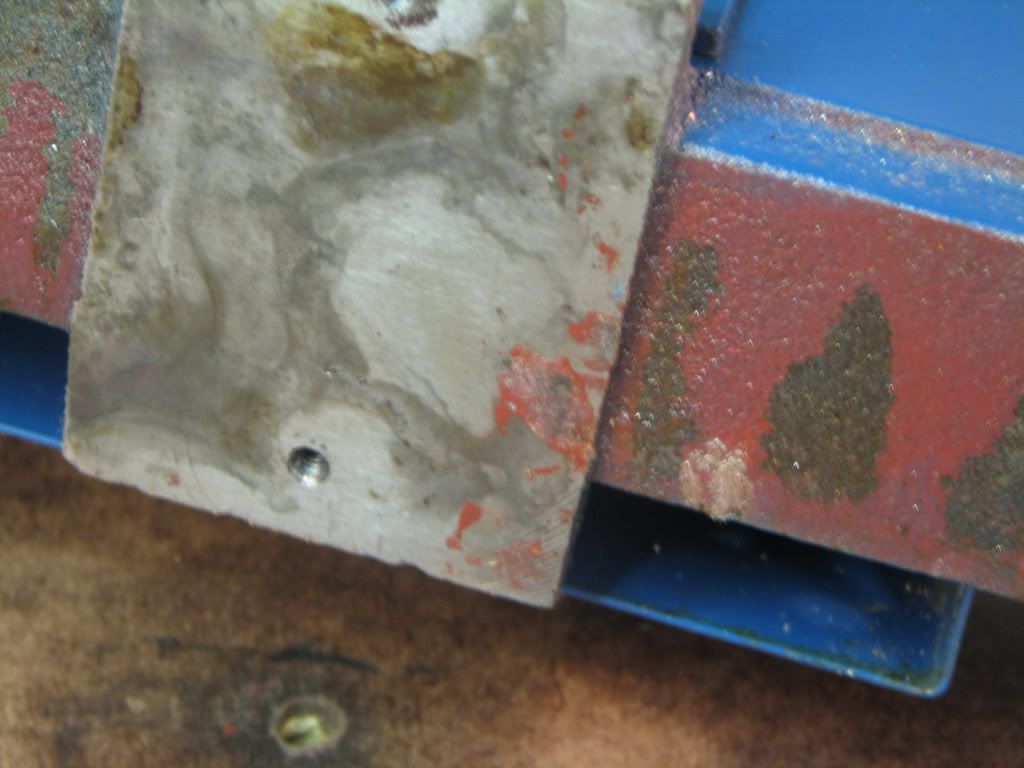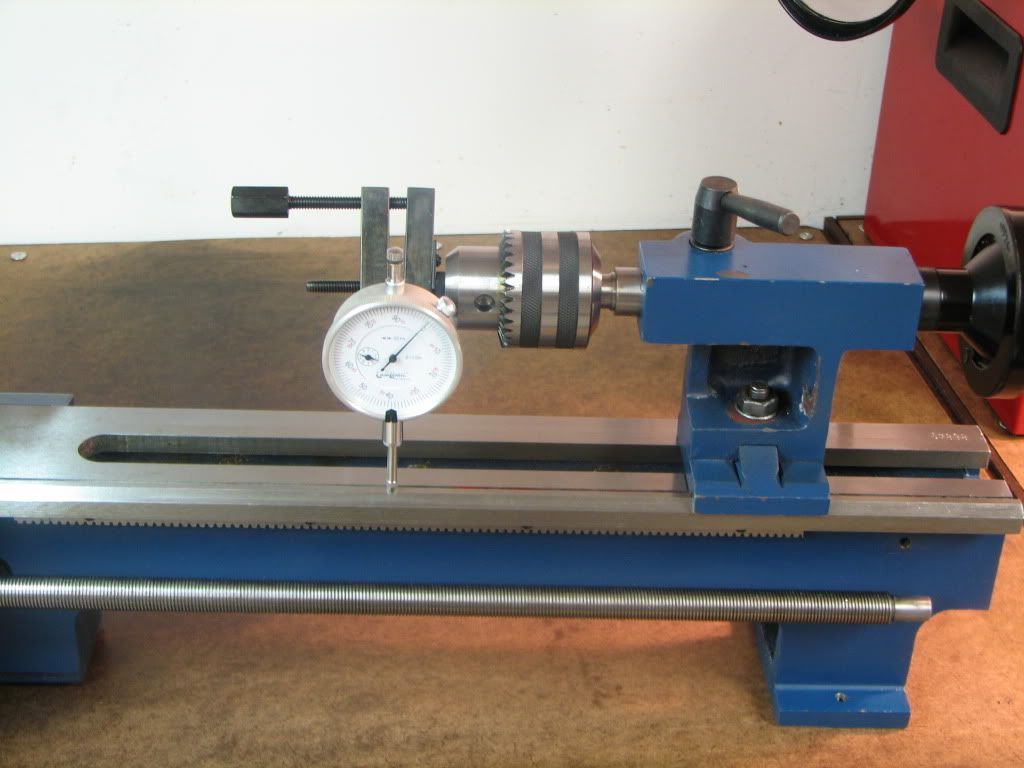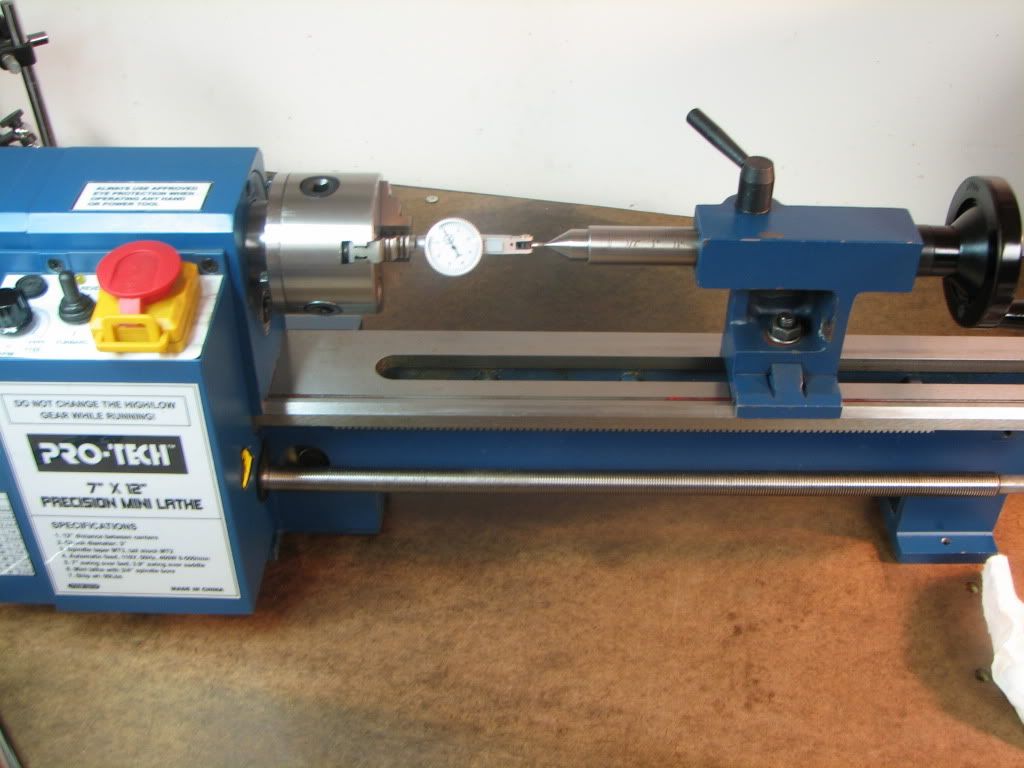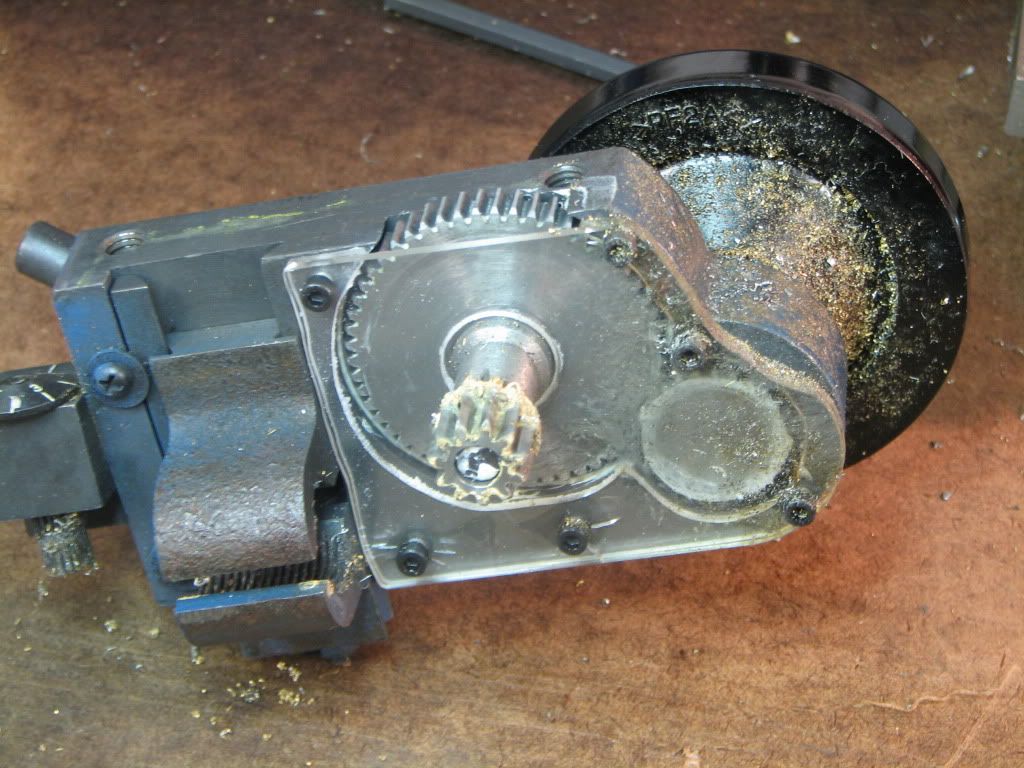zeeprogrammer
Well-Known Member
- Joined
- Mar 14, 2009
- Messages
- 3,362
- Reaction score
- 13
For all the poor souls that have followed my locomotive thread...I present a project that I hope will allow me to complete said thread.
Time to fix/modify/adjust/tweak/but probably just learn how to properly use...my mini-lathe.
The issue I'm hunting is true-ness (okay...and skill). Tailstock, chuck-run-out, anything that is a hindrance (other than my personal skill) in making 'good' parts.
First step is to break it down and clean it up.
Aha! Immediately we see that zeepster doesn't know the difference between 'tight enough' and 'enough to throttle the life out of it'.
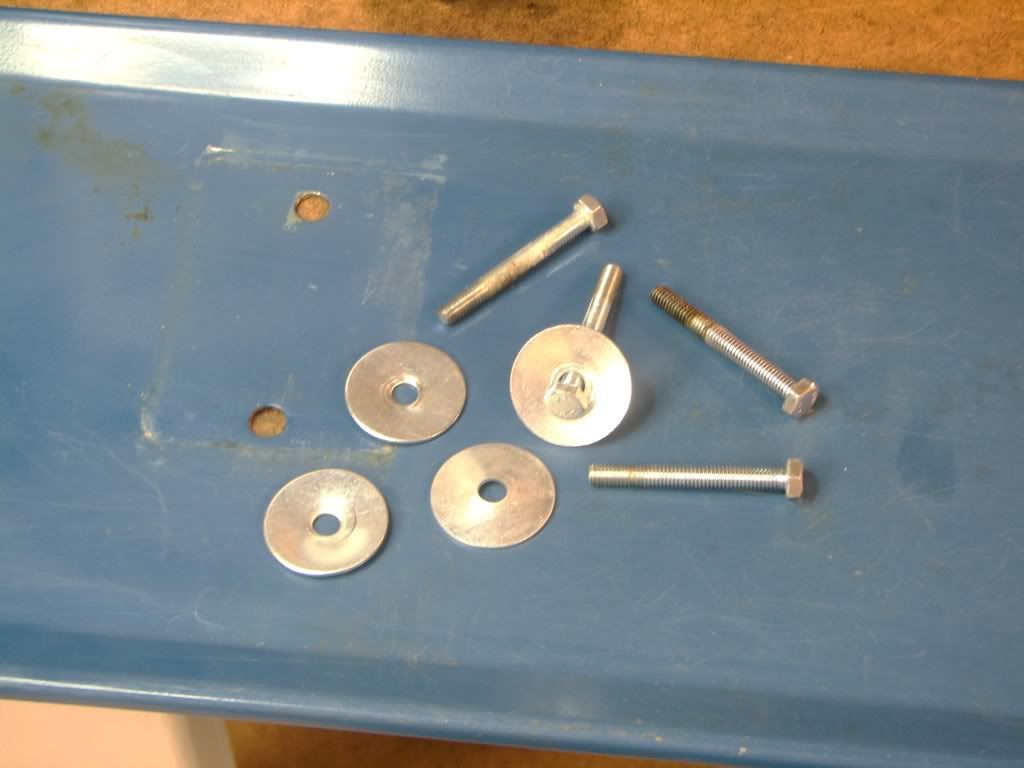
Here we see the pan. Evidence includes bent washers and dents where the feet of the lathe sat.
Could this cause twist in the lathe bed? Could this cause bend in the lathe bed?
Why of course it could.
We now have two audiences...audience one is thinking to themselves, 'dolt' and audience two is thinking 'hm...maybe I have the same problem'. (I discount the audience saying 'huh?'. I used to be in the audience.)
I encourage audience one to help me as I go along. Their experience and knowledge is invaluable. I encourage audience two to follow along. My hope is that they will learn from audience one...cause they ain't going to get it from me.
But alas..this will take some time. I have much to do that will take me away...but I hope to make progress when I can.
Thank you. Thank you very much.
........................................
This post comes with no guarantee or warranty. Said thread may stop suddenly and without warning (as one or two of my previous threads have done). Be prepared for nonsense, stupid questions, dumb attempts, but a good heart. Reply at your own risk.
And before anyone says it...yes...I'm feeling good. Got visitors and we share a similar interest. ;D
Time to fix/modify/adjust/tweak/but probably just learn how to properly use...my mini-lathe.
The issue I'm hunting is true-ness (okay...and skill). Tailstock, chuck-run-out, anything that is a hindrance (other than my personal skill) in making 'good' parts.
First step is to break it down and clean it up.
Aha! Immediately we see that zeepster doesn't know the difference between 'tight enough' and 'enough to throttle the life out of it'.

Here we see the pan. Evidence includes bent washers and dents where the feet of the lathe sat.
Could this cause twist in the lathe bed? Could this cause bend in the lathe bed?
Why of course it could.
We now have two audiences...audience one is thinking to themselves, 'dolt' and audience two is thinking 'hm...maybe I have the same problem'. (I discount the audience saying 'huh?'. I used to be in the audience.)
I encourage audience one to help me as I go along. Their experience and knowledge is invaluable. I encourage audience two to follow along. My hope is that they will learn from audience one...cause they ain't going to get it from me.
But alas..this will take some time. I have much to do that will take me away...but I hope to make progress when I can.
Thank you. Thank you very much.
........................................
This post comes with no guarantee or warranty. Said thread may stop suddenly and without warning (as one or two of my previous threads have done). Be prepared for nonsense, stupid questions, dumb attempts, but a good heart. Reply at your own risk.
And before anyone says it...yes...I'm feeling good. Got visitors and we share a similar interest. ;D





